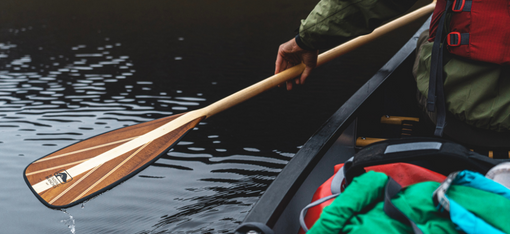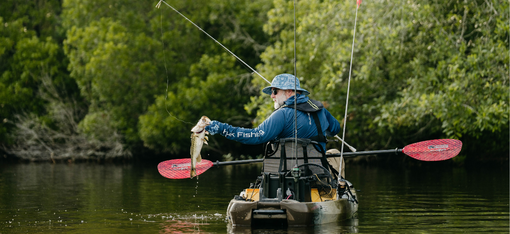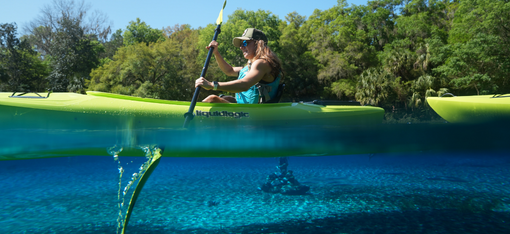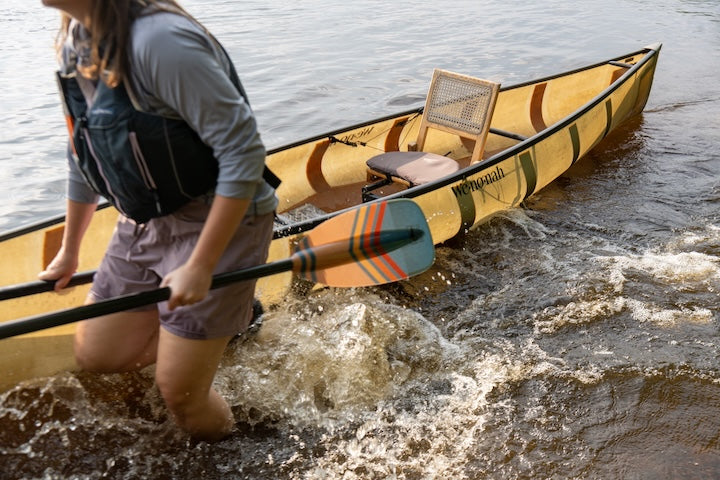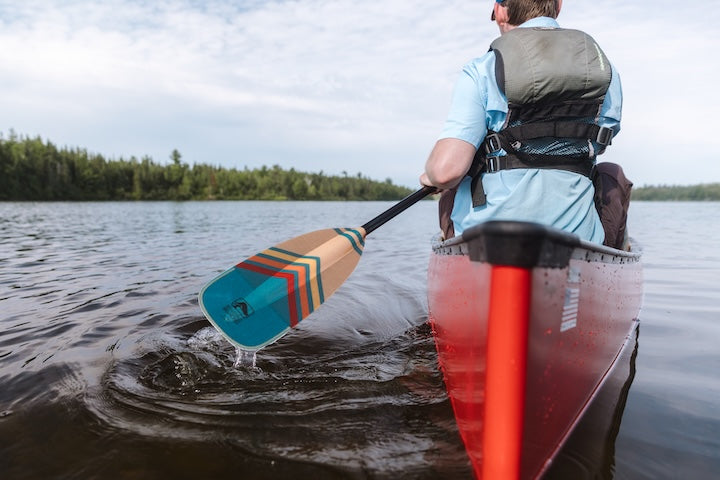BIG Bass Secrets Part one
For the kayak angler that targets bass very little evokes a higher adrenaline rush than the sight of a trophy bass at the end of their line. It’s been said that “10% of the fishermen catch 90% of the bass”. While most folks just want to catch a limit or finish well in tournaments, there is a small legion of folks dedicated to fooling the superior of the species, trophy bass. While each angler has a certain system, many factors and facets of their approach intersect. The equipment, tactics and search for bragging size bass amounts to the collective details that make catching monster bass predictable and apply almost anywhere they swim. Use your mental highlighter to follow the system that has produced several seasons of posing with bass that will make you the envy of all. Consider these suggestions, this collection of information and strategies, apply them in the hope that the next cast will, for you, fool that bass of a lifetime. And remember the hard part is finding fish; it’s easy to catch them. Eric Jackson who has several largemouth bass over ten pounds to his credit offers this insight, “I either find fish on my Ray Marine Dragonfly, to get the depth they are at, or simply go for the best looking spots and skip the others” .
KNOW THE FISH – regardless of the quarry for any type of trophy hunter, it is critical to position yourself for success by knowing as much about their intended target as possible. Open your mind, don’t be distracted by “dock talk” or many of the theories presented in all forms of media. A combination of experience, the willingness to experiment and common sense is a great start to developing your own system to find and fool bigger bass. A quick look at the major species of bass, largemouth, smallmouth and Spotted (Kentucky) bass clues you into the predatory nature of bass. A natural camouflage coloration specific to each helps them blend in when necessary. They are clearly ambush predators and eating machines. Able to track down their food sources with underwater burst of speed up to 15 miles per hour, equipped with a massive mouth that will swallow anything that they find in their world and senses that assist in feeding and surviving the underwater world they inhabit. In depth look also show rows of gripping, gristle like teeth and gill rakers that help bass retain their catch. They will follow bait fish, strike from behind and instinctively turn the forage as to not become choked by the shad, bluegill, crappie or other gamefish that will flares its dorsal fin and consequently possibly get lodged in the thorax (throat) of the bass and thereby dooming it.
Take Their Temperature- Water temperature, generally communicated as surface temperature, will dictate predictable location and other lifestyle events of bass. Species specific ranges exist for each bass type. For example the spawning mode is determined by a few degrees for each type, smallmouths go first tat the high 50 degree mark into the low 60’s ,next the spots when the water reaches around 60 degrees and then the most widely distributed largemouth bass at the mid 60’s. Similarly the amount of active feeding is stair stepped at different temperatures. More importantly at the ideal rate, 70-80 degrees Fahrenheit, the temperature creates a direct correlation to the digestive rate of bass. Feeding frequency and metabolic rate is dramatically impacted by the ability of fish to find, eat and completely digest any of their food sources. For example with a five pound bass, in 78 degree water can digest a five inch shad in about six hours, the same bass, and same size shad in 40 degree water takes 5 days to completely digest. The obvious conclusion is that bass should be easier to catch when they have to feed more often. Bass, as all wild creatures, are slaves to their stomachs.
Making Sense of Senses- The eyes have it! Bass feed almost completely by sight. With eyes set at the side of their heads and field of vision at around 270 degrees, bass see extremely well. The eyes of all bass are great at discriminating color because of a multitude of rods and cones similar but more developed than most other creatures including humans. Keep in mind a fish closely visually scrutinizes something prior to deciding to “hit”. The sense of hearing is well developed in bass. Although many manufacturers and anglers choose lures heavily loaded with noise making devices, sound can be a negative influence on bass. Water is a great conductor of sound. Sound travels through water five times faster than through air. Spooky fish and older bass can be conditioned to retreat from certain sounds. Another myth is that bass are highly intelligent, they have a brain about half the size of a hazel nut (tiny). They don’t learn in the true sense of the word, they become conditioned. A popular marketing tactic is to tout the appeal of scent in bass lures. Unfortunately bass have limited olfactory (ability to smell) senses. Later in life, at five to eight years, sense of smell does slightly increase but not to the point that bass fished their food using smell as a huge factor. When it comes to taste the application of common sense quickly dispels that bass hit a bait because of how it tastes. They may in fact hold on longer because of taste especially salt impregnated baits. Blood has salt in it so it is not a foreign taste to bass. Logically bass hit something because of how it looks (remember feeds by sight) and how it moves. Reality check, think about it, when it tastes something it already has the object in its mouth! Set the hook! Lesson one, now you know what makes the bass tick, and the lifestyle of America’s favorite gamefish.
Trophy Tip: To avoid spooking bass, go into “ninja stealth mode”. Fish with the sun in your face as to not cast a shadow on the fish you are trying to catch, use the wind and current as well as your Bending Branches paddle to position your kayak, learn the underhand pitch cast to increase your accuracy and minimize lure splash upon entry, wear clothes that blend in with the sky and shoreline cover.




